In our fast-paced world, finding moments of stillness and presence can be a challenge. Yet, practicing mindfulness offers a pathway to calmness, improved mental well-being, and greater self-awareness. But what exactly is mindfulness, and how can it be integrated into daily life? Let’s explore some effective mindfulness techniques to help you harness its benefits.
Understanding Mindfulness
Mindfulness is the practice of bringing one’s attention to the present moment without judgment. It involves observing thoughts, feelings, and sensations as they arise, fostering a sense of awareness and acceptance. This ancient practice, rooted in Buddhist traditions, has gained significant traction in the modern world for its profound impact on mental health and overall well-being.
Breathing Exercises
One of the most accessible mindfulness techniques is focused breathing. This involves taking slow, deep breaths while concentrating on the sensation of air entering and leaving the body. Try this simple exercise: inhale deeply through your nose for four counts, hold for four counts, and exhale slowly through your mouth for another four counts. Repeat a few times. This technique not only calms the nervous system but also anchors you in the present moment.
Body Scan Meditation
Body scan meditation is a powerful way to release tension and become attuned to your body. Begin by lying down in a comfortable position. Close your eyes and take a few deep breaths. Starting from your toes, slowly move your attention upwards, observing any sensations or areas of tension. Progress all the way to the crown of your head, acknowledging each part of your body. This practice fosters a deeper connection between mind and body.
Mindful Walking
Did you know that walking can be a form of meditation? Mindful walking involves being fully present as you move. Focus on each step, the rhythm of your breath, and the sights and sounds around you. This can be practiced anywhere, whether you’re walking in nature or navigating through a busy city street. It’s a wonderful way to center yourself amidst daily activities.
Gratitude Journaling
Incorporating gratitude into your mindfulness practice can significantly enhance its benefits. Each evening, take a few minutes to jot down three things you’re grateful for. Reflecting on positive aspects of your day shifts your focus from stressors to sources of joy and contentment. Over time, this practice can cultivate an overall sense of well-being and appreciation for life’s small pleasures.
Embracing Imperfection
Mindfulness is not about achieving a perfect state of calm but rather accepting the present moment as it is. As Jon Kabat-Zinn, a pioneer in mindfulness-based stress reduction, emphasizes, “You can’t stop the waves, but you can learn to surf.” Embrace imperfections in your practice and approach each session with curiosity and openness.
Engaging in Mindful Conversations
Mindfulness can extend to the way we interact with others. Practice active listening by giving your full attention to the person speaking. Resist the urge to interrupt or plan your response while they are talking. This fosters deeper connections and enriches personal and professional relationships.
Conclusion
Incorporating mindfulness into your daily routine does not require extensive time or complex rituals. Simple practices like mindful breathing, body scans, and gratitude journaling can be seamlessly integrated into your life, offering moments of peace and clarity. As you begin your mindfulness journey, remember that the goal is not perfection but presence. In doing so, you may find that life’s challenges become more manageable and its joys more profound.
References:
- Kabat-Zinn, J. (1990). Full Catastrophe Living: Using the Wisdom of Your Body and Mind to Face Stress, Pain, and Illness. Bantam Dell.
- Davidson, R. J., & Begley, S. (2012). The Emotional Life of Your Brain. Hudson Street Press.



